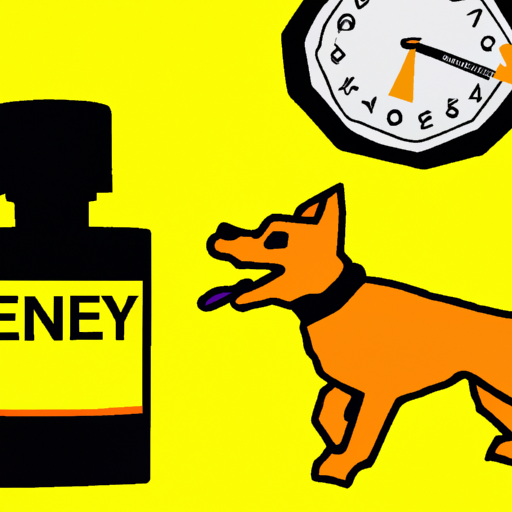As a caregiver, understanding the treatment options available to your furry friend is crucial. One such treatment is Entyce for dogs, a drug that stimulates appetite in dogs suffering from a lack of hunger. This drug is a godsend for many dog owners, but understanding its mechanism, time of effect, and potential side effects is essential. This article aims to provide a comprehensive guide about Entyce for dogs and how long it takes to take effect.
Table of Contents
- Understanding Entyce for Dogs
- How Long Does Entyce Take to Work?
- Possible Side Effects of Entyce
- Frequently Asked Questions
Key Takeaways
- Entyce works by mimicking the “hunger hormone” in dogs, stimulating their appetite.
- The drug usually starts to show effects within 1-2 hours of administration.
- Side effects may include vomiting, diarrhea, and excessive salivation, but they are generally mild and temporary.
- Always consult with your vet before starting any new medication for your pet.
Understanding Entyce for Dogs
Entyce for dogs is an FDA-approved drug that helps stimulate a dog’s appetite. It’s particularly beneficial for dogs suffering from conditions that might reduce their desire to eat, thus helping them maintain healthy nutrition levels.
As a caregiver, you want the best for your pet. Understanding the mechanism of action for the medications you administer is a great way to ensure you’re making informed decisions. Entyce works by mimicking ghrelin, a hormone commonly referred to as the “hunger hormone.” This hormone signals the brain that it’s time to eat, so by simulating its effects, Entyce encourages dogs to eat even when they might not feel the urge to do so naturally [^1^].
For more insights on pet health, visit OneTopDog.
How Long Does Entyce Take to Work?
After administering Entyce, most pet owners will start to notice its effects within 1-2 hours. This is the typical timeframe for the drug to be absorbed and start signaling the brain to stimulate appetite. However, it’s essential to remember that every dog is different, and individual responses can vary.
It’s always important to monitor your dog after administering a new medication. If your dog still does not show an increased appetite after a few hours, consult with your veterinarian. They may need to adjust the dosage or explore other treatment options.
Don’t miss this comprehensive guide on dog health for more information.
Possible Side Effects of Entyce
As with any medication, there can be side effects when using Entyce. Most commonly, these include:
- Vomiting
- Diarrhea
- Excessive Salivation
While these side effects can be concerning, they are generally mild and short-lived. If your dog experiences severe or prolonged side effects, it’s vital to contact your vet immediately.
For more insights on common dog health issues, check out this handy list of common dog diseases and health problems.
Frequently Asked Questions
Q1: Can I give my dog Entyce without a vet’s prescription?
No, Entyce is a prescription medication that should only be used under the supervision of a vet.
Q2: What should I do if my dog doesn’t eat even after taking Entyce?
If your dog doesn’t respond to Entyce within a few hours, contact your vet. They may need to adjust the dosage or consider other treatment options.
Q3: Can Entyce be used for long-term treatment?
Entyce can be used as long as your vet deems it necessary. However, it’s important to keep regular vet appointments to monitor your dog’s health.



